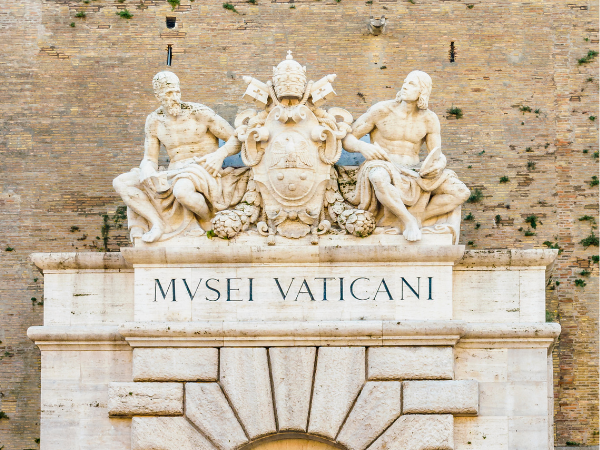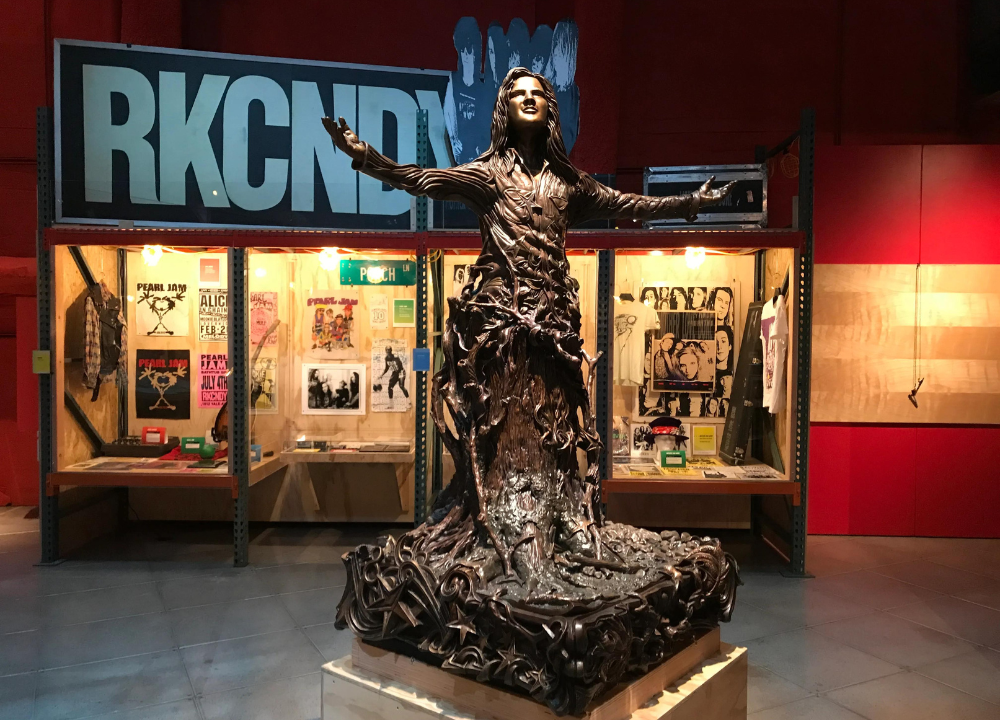Art has a unique way of capturing emotions and stories. One of the most fascinating pieces in this realm is Pablo Picasso’s “Three Musicians.”
This artwork is more than just a painting; it’s a vivid exploration of creativity, rhythm, and the interconnectedness of music and art. As you delve into this masterpiece, you’ll discover layers of meaning and inspiration that resonate deeply. Have you ever wondered how a single artwork can convey such powerful themes?
What secrets lie within the brushstrokes and colors? We’ll unravel the story behind “Three Musicians,” explore its artistic significance, and reveal why it remains a cornerstone of modern art. By the end, you’ll not only appreciate Picasso’s genius but also see how this work reflects the essence of artistic expression. Let’s dive in!
The Artistic Context
The painting Three Musicians by Pablo Picasso reflects a unique moment in art history. Created in 1921, it is a prime example of the Synthetic Cubism movement. This period was marked by bold colors and simpler shapes. Picasso, along with Georges Braque, pushed the boundaries of traditional art forms. Understanding the artistic context helps us appreciate this work even more.
Art Movements Influencing Picasso
Pablo Picasso was influenced by several art movements. These include:
- Cubism: Focused on breaking objects into geometric shapes.
- Surrealism: Explored dreams and the subconscious.
- Fauvism: Emphasized vivid colors and strong brushwork.
Post-world War I Landscape
The world changed after World War I. Artists sought new expressions. The horrors of war influenced many. In Three Musicians, Picasso captures this feeling through his characters. They wear masks, suggesting a deeper meaning. The masks reflect the idea of hidden identities in a chaotic world.
Picasso’s Personal Style
Picasso’s style in Three Musicians shows his unique approach. Key aspects of his style include:
- Bold Colors: Bright hues create visual impact.
- Geometric Shapes: Simplified forms offer a modern look.
- Layering: Different elements combine to create depth.
The Role Of Music In Art
Music plays a significant role in this painting. It acts as a symbol of harmony. The three musicians symbolize friendship and collaboration. Picasso captured the essence of music through visual art. This connection adds another layer to the viewer’s experience.
Picasso’s Style
The painting “Three Musicians” by Pablo Picasso showcases his unique style. Created in 1921, this work is a prime example of his exploration of Cubism. Picasso’s style mixes shapes and colors in a way that changes how we see art. It reflects his innovative ideas and techniques, which have influenced many artists. Understanding Picasso’s style helps us appreciate the depth of “Three Musicians” even more.
Cubism Elements
Cubism is a key part of Picasso’s style. This technique shows objects from different angles at the same time. In “Three Musicians,” we see several Cubism elements:
- Geometric Shapes: The figures are made of cubes and rectangles.
- Multiple Perspectives: Each musician appears from various viewpoints.
- Fragmentation: The forms are broken down into smaller pieces.
These elements create a dynamic composition. The musicians seem to blend into the background. This effect makes the viewer see the relationship between them.
| Element | Description |
|---|---|
| Geometric Shapes | Use of cubes, triangles, and rectangles to form figures. |
| Multiple Perspectives | Objects viewed from different angles simultaneously. |
| Fragmentation | Breaking down objects into smaller, distinct parts. |
This method invites viewers to explore the painting more. Each glance reveals new details, making it a rich visual experience.
Color Palette
Picasso’s color choices are crucial to understanding “Three Musicians.” The palette is lively yet muted. He uses a mix of warm and cool tones:
- Warm Colors: Reds, yellows, and browns dominate the scene.
- Cool Colors: Blues and greens add depth and contrast.
- Neutral Tones: Grays and blacks provide balance.
This color palette enhances the emotional feel of the painting. Warm colors create a sense of energy. Cool colors bring calmness. Together, they form a harmonious balance.
Picasso often used color to convey mood. The bright hues show joy and liveliness. The cooler shades reflect a sense of introspection.
In “Three Musicians,” the color choices invite viewers to connect with the music. Each color tells a story, enhancing the visual and emotional impact.
Musical Themes
In Pablo Picasso’s painting “Three Musicians,” musical themes play a key role in conveying emotions and ideas. The artwork captures a lively scene filled with vibrant colors and shapes. It invites viewers into a world where music and art blend seamlessly. The depiction of musicians and their instruments adds depth and meaning. Each element tells a story, showcasing the connection between music and visual art.
Symbolism Of Instruments
The instruments in “Three Musicians” are more than just props. They symbolize various themes in the painting. Each instrument reflects the personalities and emotions of the musicians.
- Guitar: Represents harmony and creativity.
- Clarinet: Suggests complexity and depth in music.
- Sheet Music: Indicates structure and the importance of composition.
The choice of instruments holds significant meaning. They connect to the themes of joy and collaboration. The guitar, often associated with folk music, brings a sense of warmth. The clarinet adds layers of sophistication. Together, they create a rich musical experience.
Here’s a table summarizing the symbolism:
| Instrument | Symbolism |
|---|---|
| Guitar | Harmony and creativity |
| Clarinet | Complexity and depth |
| Sheet Music | Structure and composition |
These instruments help to express the joy of music. They show how art can connect people, creating a shared experience.
Representation Of Musicians
The musicians in Picasso’s painting are depicted in a unique way. Their forms are abstract, yet they are recognizable. Each musician has distinct features that reflect their roles.
- Central Musician: The figure in the middle holds the guitar, symbolizing the heart of music.
- Left Musician: Plays the clarinet, adding depth and soul to the piece.
- Right Musician: Engaged with the sheet music, representing the importance of written art.
This arrangement emphasizes collaboration. The musicians appear to interact with each other. This interaction conveys a sense of joy and unity.
Each musician’s expression adds to the theme. They look engaged and passionate. This portrayal highlights the emotional connection of music. Through their forms, Picasso captures the essence of musical performance.
The abstraction used by Picasso allows viewers to feel the energy of the scene. It makes the audience think about music and its impact on life.
Composition Analysis
The painting “Three Musicians” by Pablo Picasso showcases a rich composition filled with vibrant shapes and colors. Analyzing its composition reveals how Picasso effectively uses shapes and spatial arrangement. These elements create a dynamic scene that draws viewers in. The work reflects the cubist style, breaking down forms and reassembling them in a unique way. Understanding these aspects helps appreciate Picasso’s artistic genius.
Shapes And Forms
In “Three Musicians,” the shapes and forms play a vital role. Picasso employs a variety of geometric shapes, which create a sense of depth and movement. The figures in the painting are composed of overlapping rectangles, triangles, and circles. This use of basic shapes enhances the overall visual interest.
Key shapes include:
- Rectangles: Found in the musicians’ bodies and instruments.
- Triangles: Used in the hats and musical notes.
- Circles: Present in the faces and details of the instruments.
The arrangement of these shapes leads to a harmonious balance. The figures are abstract yet recognizable. This blend of abstraction and representation is typical of Picasso’s style.
| Shape | Purpose |
|---|---|
| Rectangle | Defines body structure and instruments. |
| Triangle | Creates dynamic movement and energy. |
| Circle | Adds softness and detail to features. |
This combination of shapes helps convey the theme of music and collaboration. Each form contributes to the lively atmosphere of the artwork.
Spatial Arrangement
The spatial arrangement in “Three Musicians” is critical for understanding the interaction among the figures. Picasso places the musicians close together, suggesting unity and collaboration. This arrangement enhances the feeling of a shared musical experience.
Key aspects of spatial arrangement include:
- Layering: The figures overlap, creating depth.
- Orientation: Musicians face each other, emphasizing connection.
- Proximity: Close placement suggests a tight-knit group.
The background features abstract shapes that enhance the foreground without distracting. This technique keeps the focus on the musicians.
In terms of balance:
- Left side: One musician dominates with a larger form.
- Right side: Two smaller figures balance the composition.
- Center: Instruments draw attention, linking the figures.
This thoughtful arrangement creates a vibrant scene full of life and rhythm. The spatial dynamics invite viewers to explore the relationship between the musicians.
Cultural Impact
Three Musicians by Pablo Picasso is more than just a painting. It is a significant piece of art that reflects the cultural impact of its time. Created during the vibrant era of Cubism, this artwork showcases how art can influence and shape other fields, including music. It represents a blend of visual creativity and musical inspiration, bridging gaps between different forms of expression.
Influence On Art
Pablo Picasso’s Three Musicians has left a lasting mark on the art world. The painting is a prime example of Cubism, a movement Picasso co-founded. This style broke traditional forms and created a new way to see the world. Artists began to explore new perspectives and dimensions. They challenged norms.
Key influences from Three Musicians include:
- Abstract Representation: Artists learned to depict subjects in fragmented forms.
- Color Usage: Bold colors became a focal point in modern art.
- Geometric Shapes: Artists started using shapes to create a sense of depth.
Many artists were inspired to create their versions of music-themed art. Below is a table showing notable artists influenced by Picasso:
| Artist | Work | Year |
|---|---|---|
| Juan Gris | Man with Guitar | 1912 |
| Georges Braque | The Guitar | 1913 |
| Fernand Léger | Composition with Music | 1920 |
This evolution led to a richer art scene. Artists began to combine various styles. The impact of Three Musicians continues to inspire new generations.
Legacy In Music
The influence of Three Musicians extends into music as well. The painting captures the spirit of musical collaboration. It reflects how music and visual art can work together. Musicians took inspiration from this artwork. They created pieces that echo its themes.
Many musicians have referenced Picasso’s work in their compositions. Here are some examples:
- Jazz Musicians: They often blend visual themes into their performances.
- Classical Composers: Some have created pieces inspired by Picasso’s style.
- Contemporary Artists: Many use visuals and sound to create immersive experiences.
Notable collaborations include:
| Musician | Album | Inspired By |
|---|---|---|
| Pablo Ziegler | Jazz Tango | Picasso’s Cubism |
| Eric Whitacre | Water Night | Visual Art |
| Leonard Bernstein | West Side Story | Art and Dance |
These connections show the deep relationship between art and music. Three Musicians serves as a reminder of how creativity knows no boundaries.




